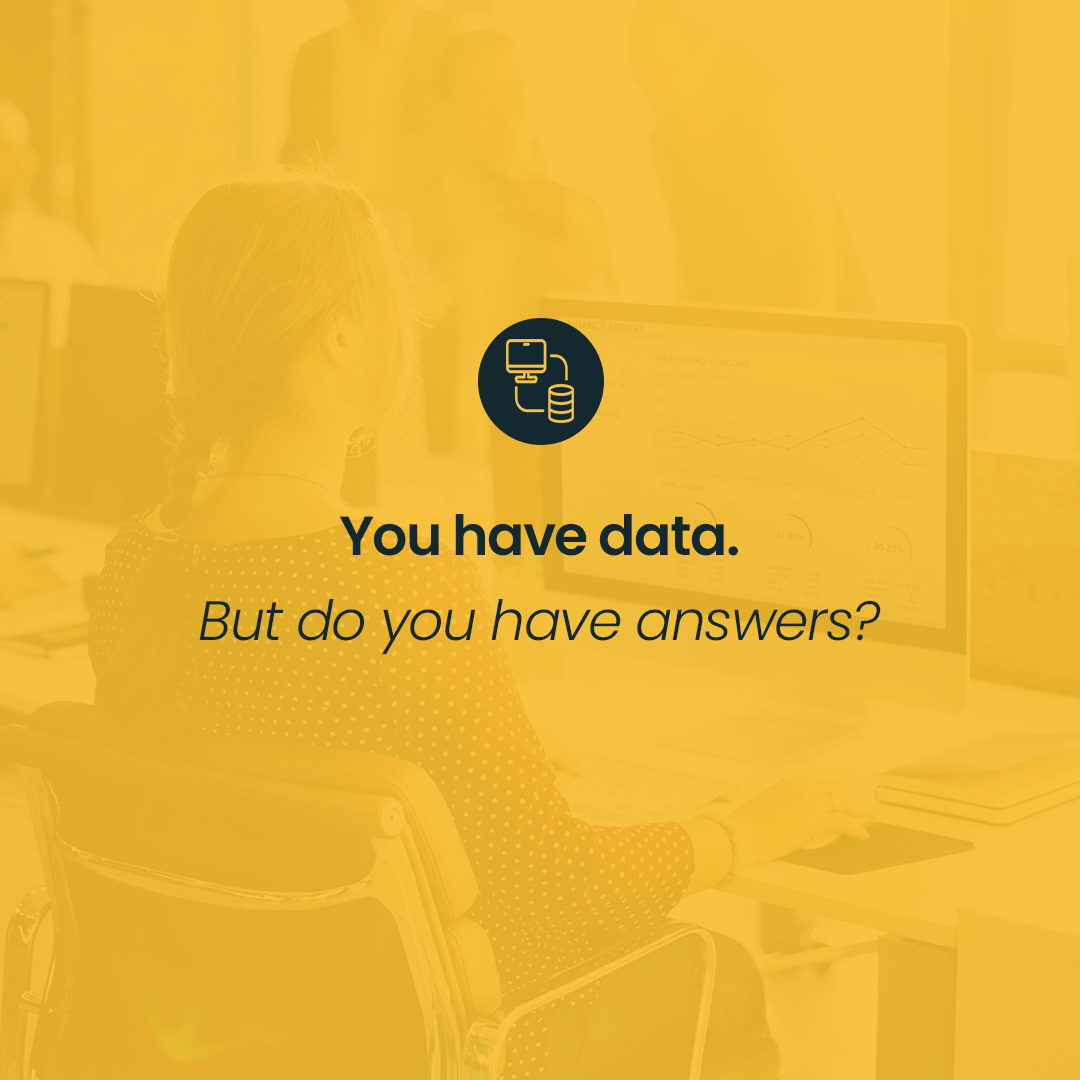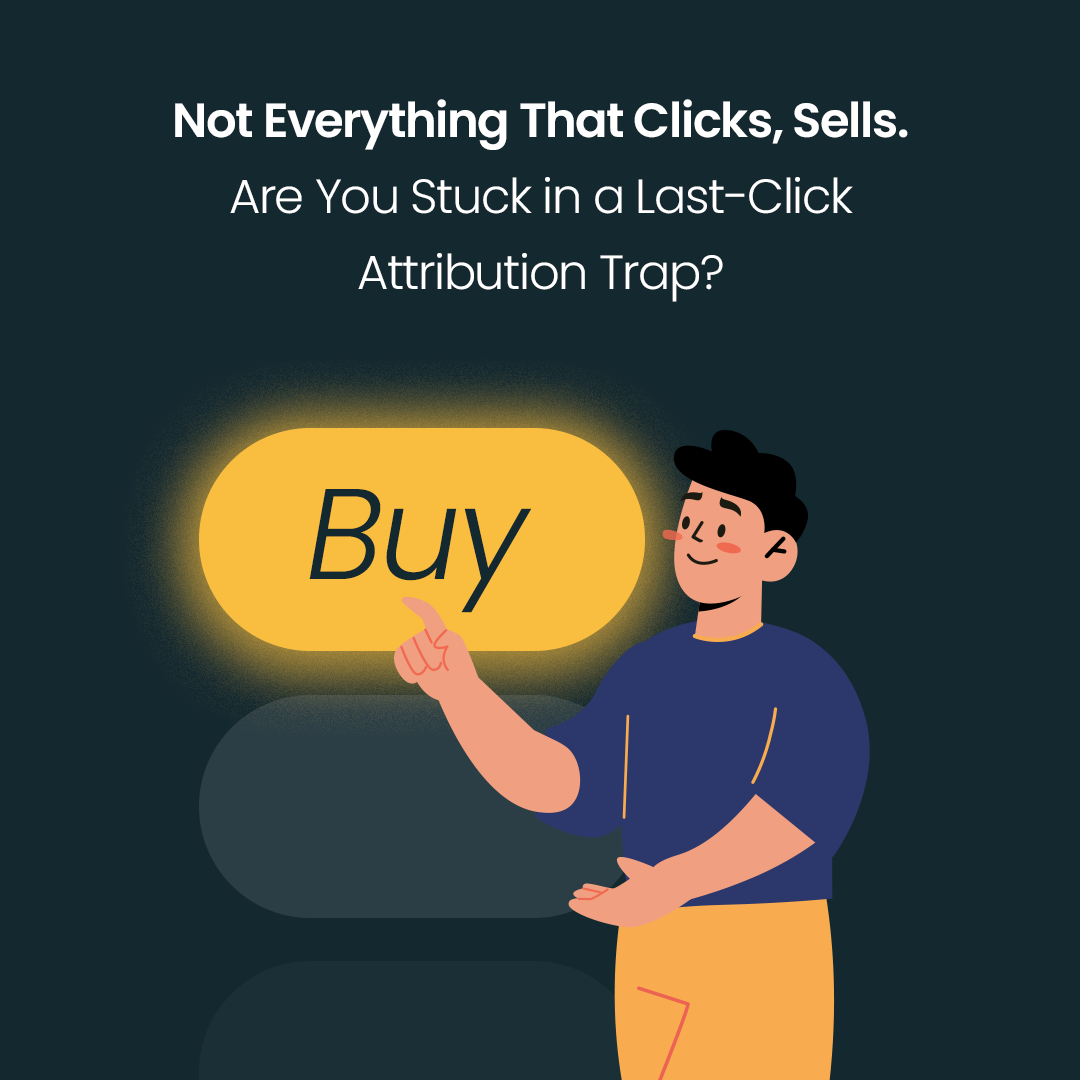Programmatic Buying involves groundwork and continuous optimization. Here, sales are also governed by their own rules. On the one hand (as usual), the one who wins the customer is the one who makes the best offer at the right time. It is crucial, however, that our offer is likely to reach the right person. In such a case, we must strategically plan our expenses, assuming an appropriate bid for the most prospective groups.
The optimal path to success is to use the full integration of the GMP platform (Google Marketing Platform) and the available broadcasting, tracking and reporting tools that come with it. The entire set of the components listed above allows us to fully understand the conversion path of our customers, but at some point it won’t suffice.
Once we are sure that:
we make the most of the available budget and targeting,
we reach the widest group of users,
we best optimize available space,
and we apply the conversion maximization module…
…we can still go one step further… by changing just one small detail.
Effective buying vs. conversion cost
This is where the concept of Custom Bidding comes into play, and we can rely on the strategies known only to us. Knowing the preferences of our customers and correctly analyzing individual signals, we are able to base the bidding method on the individual events performed by users as part of our offer. After all, we cannot rely on one model indefinitely, nor on optimization to maximize the number of conversions or their minimum rate.
The moment we reach the maximum, we will be incentivized to try to explore the intricacies of weighted conversions and investigate custom variables and Floodlight codes even more thoroughly. They are the ones constantly feeding our data silos linked to the buying paths and preferences of our users.
Knowing the key elements that finally lead to the purchase, we must adopt individual strategies for each one of them. Standard purchasing modules rely directly on action codes, and the strategies the system can adopt will be based on achieving a defined goal. In the basic model, unfortunately, there will only be one goal – conversion/sales. When computing this type of action, the system analyzes the placement of the ads, the similarity of users, the frequency of clicks and, most importantly, our maximum bid. In many cases, the latter will be the reason for the lost bids that may have ended with the finalization of the shopping cart.
Custom Bidding – what is it?
Almost everyone involved in programmatic advertising has heard of Custom Bidding. Yet, few have tested its capabilities. Although this feature is available to everyone in Display & Video 360, and it’s free, only a small percentage of marketers use it.
Custom Bidding will have as many applications as its users can possibly come up with. Custom Bidding relates directly to the price we can offer at the auctions we participate in. Keeping in mind the previously mentioned goals that clients set for their campaigns, we need to be aware that often the key to success is paying attention to the small details. The same advertising scheme, the same audience or the time slot, in which the ads are displayed may not always lead to sales.
However, by analyzing data very carefully, we can notice common elements of some events. What if we could respond to such signals by offering a higher bid to the matching users?
How does Custom Bidding work, and what is it all about?
Custom bidding is simply a feature built into Display & Video 360, allowing you to prepare custom strategies in two ways. Custom Bidding, commonly called an algorithm, based on Google’s AI, relies either on Goal Builder or the standard Python language.
Although both versions appear to be somewhat complicated, they are facilitated thanks to a simple and intuitive interface.
In the first version (Goal Builder), data feeds are powered by Floodlight activity codes and signals coming from Google Analytics 4 linked to the system. This allows us to base our activities on events or specific display numbers or shopping cart values. Based on the value of the shopping cart, product browsing history and analysis of individual events on the site, the script can determine the bid rates we are able to allocate to purchase page views targeted to a given user. This happens automatically during the auction process, so that we have a better chance of “winning” while having more “targeting” strategies available.
An additional advantage of combining the DV360 and GA4 environments is the ability to specify a target that is unrelated to the purchasing process. Thus, we can make assumptions about optimization aimed at gaining valuable traffic on the website depending, for example, on the depth of the visit or the time of interaction with the site itself.
The other variant of Custom Bidding is based on a programming language, namely custom scripts that offer more flexibility in terms of targeting and choosing signals. This model allows us to apply the dimensions and metrics available in Display & Video 360 from the campaign level and its execution. This means we can adopt strategies based on specific ads, elements such as Line Item ID, geolocation, domain, or even time of the day. The multitude of “built-in” elements and the ability to combine them with Floodlight and Google Analytics 4 data gives us unlimited possibilities to choose strategies from the level of the campaign as well as the user.
In both setups, however, we have a common part. Based on a single element occurring in the users’ buying path, we can boost the bids in a certain way without rigidly setting the value of each bid.
In the case of Custom Bidding, it is important to remember that the script is created for “learning”, and this learning advances with the duration of our advertising activities and never comes to a standstill. The functionality itself is also in a constant process of development and changes with the experience we gain while using its assets. In the near future, we can expect to see more changes introducing a number of functionalities and usable metrics.
Finally, I would also like to highlight the opportunities emerging for marketers in the near future. Within the framework of custom data scripts, we can also list consent (Consent Mode), i.e. information about users giving their consent to the processing of their data. While in the normal conversion path this data may seem unnecessary, when the focus is on the most engaged consumers – it can be a very valuable additional input.
Custom Bidding – who is this solution for?
Custom Bidding can be used in any industry and for any product, ranging from campaigns increasing hotel reservations to those selling cars. Assuming various scenarios, we have often encountered situations in which, by targeting very narrow target groups based on platform data or our first party data, we lost on the price and lost the abandoned cart forever. Therefore, by using scripting and slightly more in-depth analyses, we can “steer” spending in such a way that, based on data, we do not lose the chance to win and, ultimately, make our customers content.






